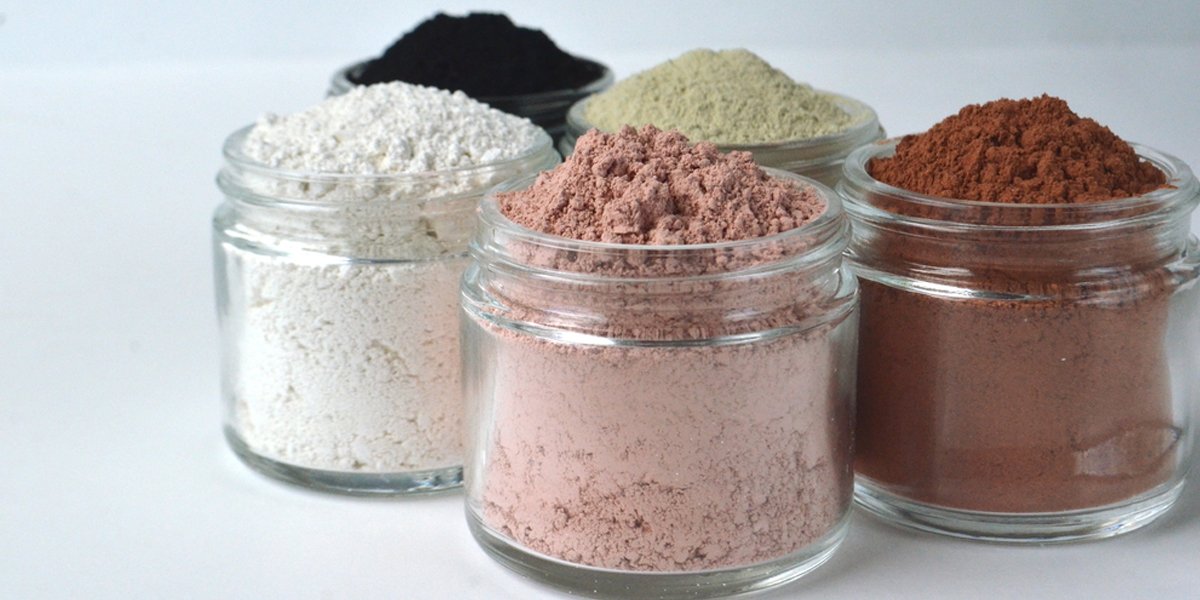Which Type of Edible Clay Can I Eat?
The people behind Detox Dirt like getting dirty - meaning we love to eat dirt and are strong supporters of this strange age-old practice that comes with health benefits. In this article, we will dig up the different types of clay that sell on the market and discuss which ones are the safe type that you can eat.
Starting from the ground up (we love our dirty pun jokes), let's first address the most common question we hear about eating clay - what on earth is clay?
Most people only know of clay as a type of dirt that is used to make pottery and ceramics. So, what’s with all the discussion behind eating clay for its healthful effects? After all, the idea of eating dirt sounds downright weird. Is edible clay a magical medicine touted by a bunch of quacks or is there scientific validation for its use?
When we talk about eating dirt, we’re not just speaking of any type of dirt. But a very special type of earth is called clay. The practice of eating clay has been well documented all around the world. In fact, it has been studied in the scientific community for many years. Edible clay has been selling on both the store shelves of pharmacies and health food stores here in the U.S. for over 50 years. The edible clay in Detox Dirt has been clinically studied for its health effects on the human body.
This brings us to what types of clay exist out there and which ones possess medical benefits if any.
Types of clay
Montmorillonite - Montmorillonite clay derives its name from Montmorillon, a city in France where it was first discovered. Montmorillonite clay is the single ingredient in the product Detox Dirt, the edible clay supplement. It has been shown to act as a detoxifier according to the scientific literature. You can read more about the health benefits of this clay in Ran Knishinsky’s new book, Healing with Clay.
Smectite - Smectite is a family of clays that include Montmorillonite mineral clay. There is a popular over-the-counter product that sells in Europe and Africa called Smecta, which contains this very clay for the treatment of diarrhea.
Bentonite - Bentonite is most commonly listed as the type of edible clay in many formulations. However, the name is a trading name and not a mineral name.
Kaolinite - Kaolinite clay is sold as an antidiarrheal remedy. There is a large body of scientific evidence that supports its use for this treatment. In fact, this type of clay is the original ingredient in an over-the-counter medication called Kaopectate. The product was originally made from kaolinite clay mixed with pectin, a type of fiber. This is actually how the brand got its name. Today, in the U.S., the product is made with a different active ingredient although elsewhere in the world, it still contains the original kaolinite clay.
Illite – Commonly sold as green clay, it is mainly utilized for external mud treatment. Think of its use as a face masque to cleanse and detoxify.
How does clay work in the body?
While the thought of consuming clay might repel some folk, it’s consumed all around the world by both humans and animals. How does it work? It basically acts like a sponge in one’s gastrointestinal tract picking up the toxins and then eliminating them.
The surface area of montmorillonite clay acts as a magnet with its negatively charged particles swapping out for positively charged toxins in a process referred to as the cationic exchange. The toxins are then absorbed into the clay sphere and eliminated with the waste. Recent research has also shown that clay also may act as a body protectant strengthening the gut lining by cross-linking with molecules in the mucus.
Which edible clay has health benefits?
Montmorillonite clay is the most popular edible clay. We at Detox Dirt have dedicated years to get our hands dirty and understanding its health benefits. The author and company founder Ran Knishinsky wrote 2 books on the subject of clay eating and has eaten clay every day for almost 30 years.
So what are you waiting for? It's time to get down to earth and bite some dust! Instructions are simple: just one teaspoon a day in 4 oz of water on an empty stomach. Check out our product here.
Be sure to also check out Healing with Clay, the latest book to be published on this subject matter. Contains all the latest and greatest information about eating dirt. But not just any dirt…clay.
About the Author: Ran Knishinsky eats clay on a daily basis. When he's not eating dirt, he is the author of 4 books published in 5 languages. Ran is the founder of Detox Dirt, an edible montmorillonite clay. Ran has been spent a lot of time in both the naturopathic and allopathic medicine industries. He first owned a homeopathic dispensary. Later he worked in the hospital and pharmaceutical sectors as a management consultant and marketing executive where he led large-scale commercial efforts for high-profile drugs at publicly traded companies. Ran holds a Master of Business Administration from Arizona State University. Learn more about what Ran is eating at DetoxDirt.com!


